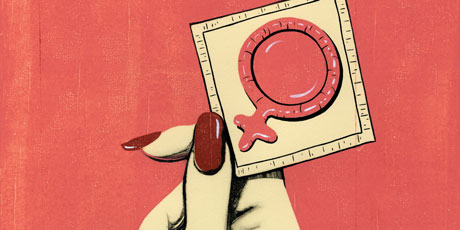headliners
Newspapers: It’s (Still) a Man’s World
Study shows lack of women writers in nation's most widely read opinion pages

Despite making up more than half of communication school graduates each year—and half of the population—women are still vastly under-represented on the newspaper opinion pages that drive public policy.
In a recent study published in Journalism & Mass Communication Quarterly, communication Assistant Professor Dustin Harp found that opinion pages are still largely a bastion of white males. She and her co-authors examined the work of columnists during a two-month period at the nation’s highest-circulating newspapers and found that, of the average 22 columnists each newspaper featured, only six were female and only one an ethnic or racial minority. Further, the average editorial board included 11 members, only four of whom were women (whites comprised eight of the 11).
“The lack of diversity, whether in race or gender, shows the inability of media to reflect different life experiences and perspectives,” Dr. Harp says. “It thus presents an inaccurate picture of the world.”
Along with the lack of women writers on the opinion pages, Harp and her colleagues discovered that women are less likely than men to be cited as sources in investigative reports or appear in authoritative roles in editorial and opinion columns. They also are depicted less frequently and less prominently than males—for example, appearing further down in the columns or having their words paraphrased instead of quoted.
David Boardman, president of the American Society of News Editors Board of Directors, acknowledges the new study and believes the nation’s news sources should make every effort to ensure that the demographics of their newsrooms reflect the makeup of their communities.
“Obviously, that means having women in key positions, including in leadership and as opinion writers,” he says. “The finding that white men still dominate opinion pages is disconcerting and should serve as a call to action for America’s editors.”
Harp’s study adds to other research that argues that putting a column by a woman on the same page as those by men conveys a message that women’s opinions matter and that women are worth taking seriously. Moreover, scholars have argued that gender equality cannot be achieved in the United States if females do not have access to and equal representation in cultural symbols of power such as op-ed pages.
“We hope our study will lead news organizations to consider the inclusion of female voices and to carefully examine their hiring and promotion policies,” Harp says. “Women make up more than 50 percent of the U.S. population and when they are permitted to join the conversation, they help broaden perspectives in the public sphere.”
Illustration by Lou Brooks

















